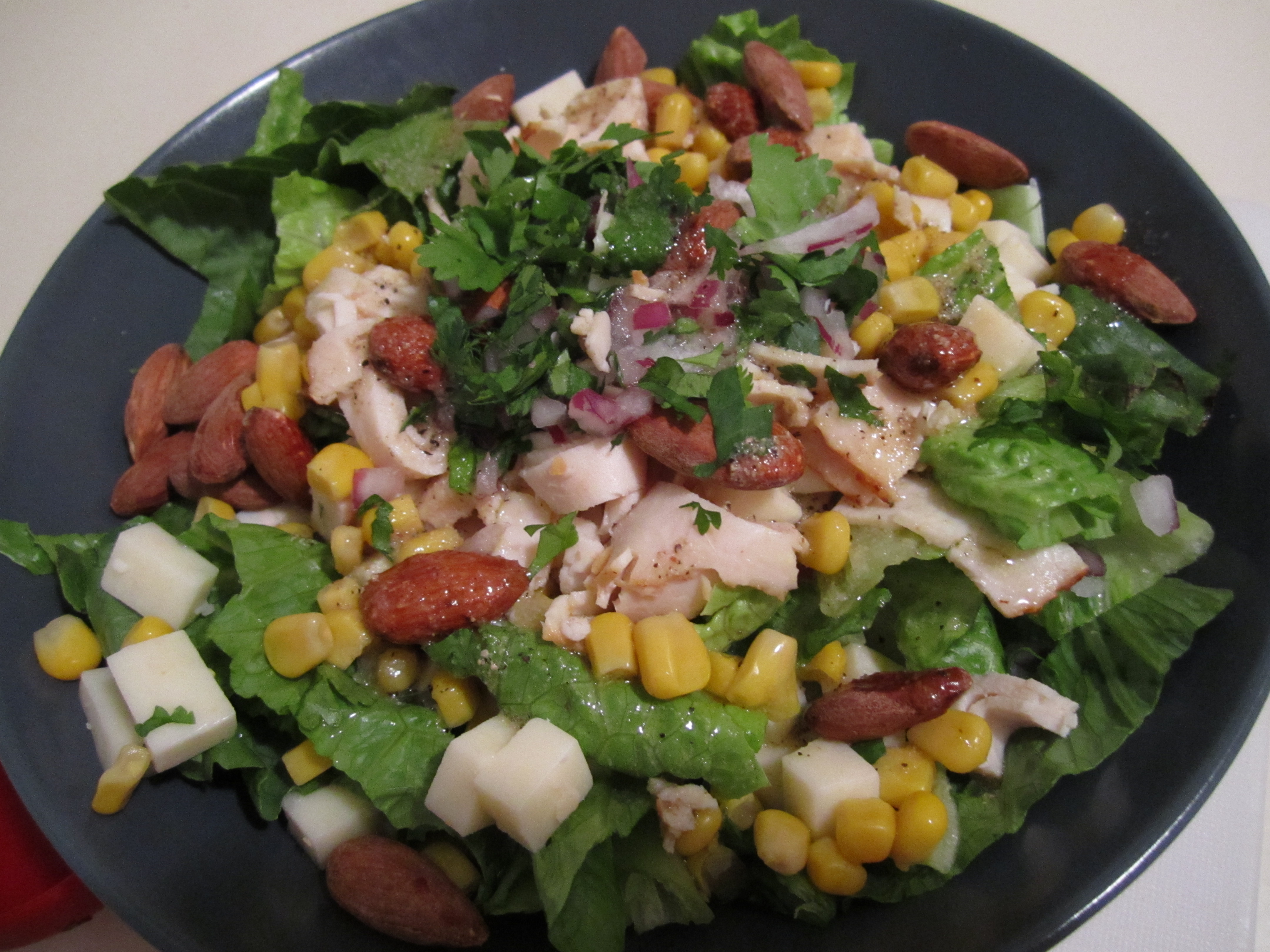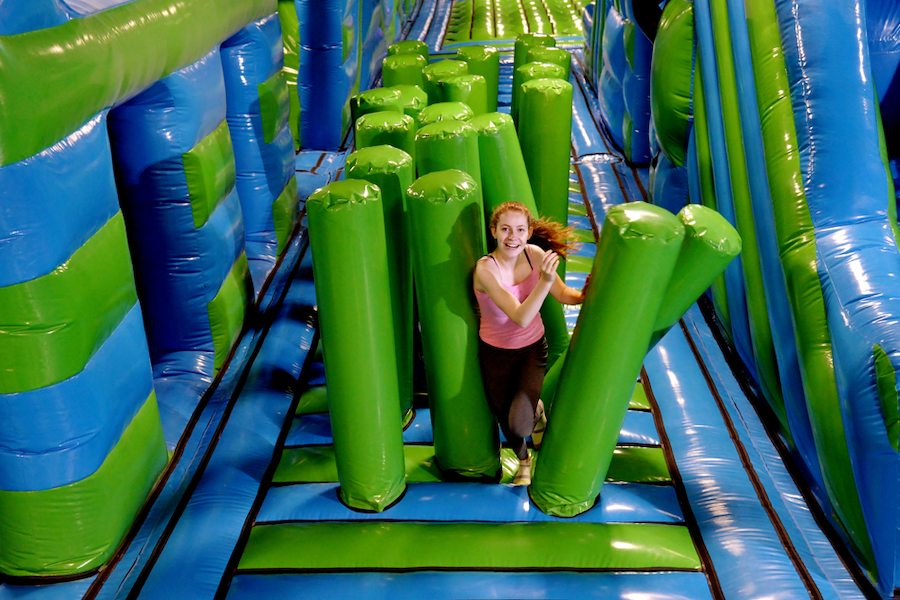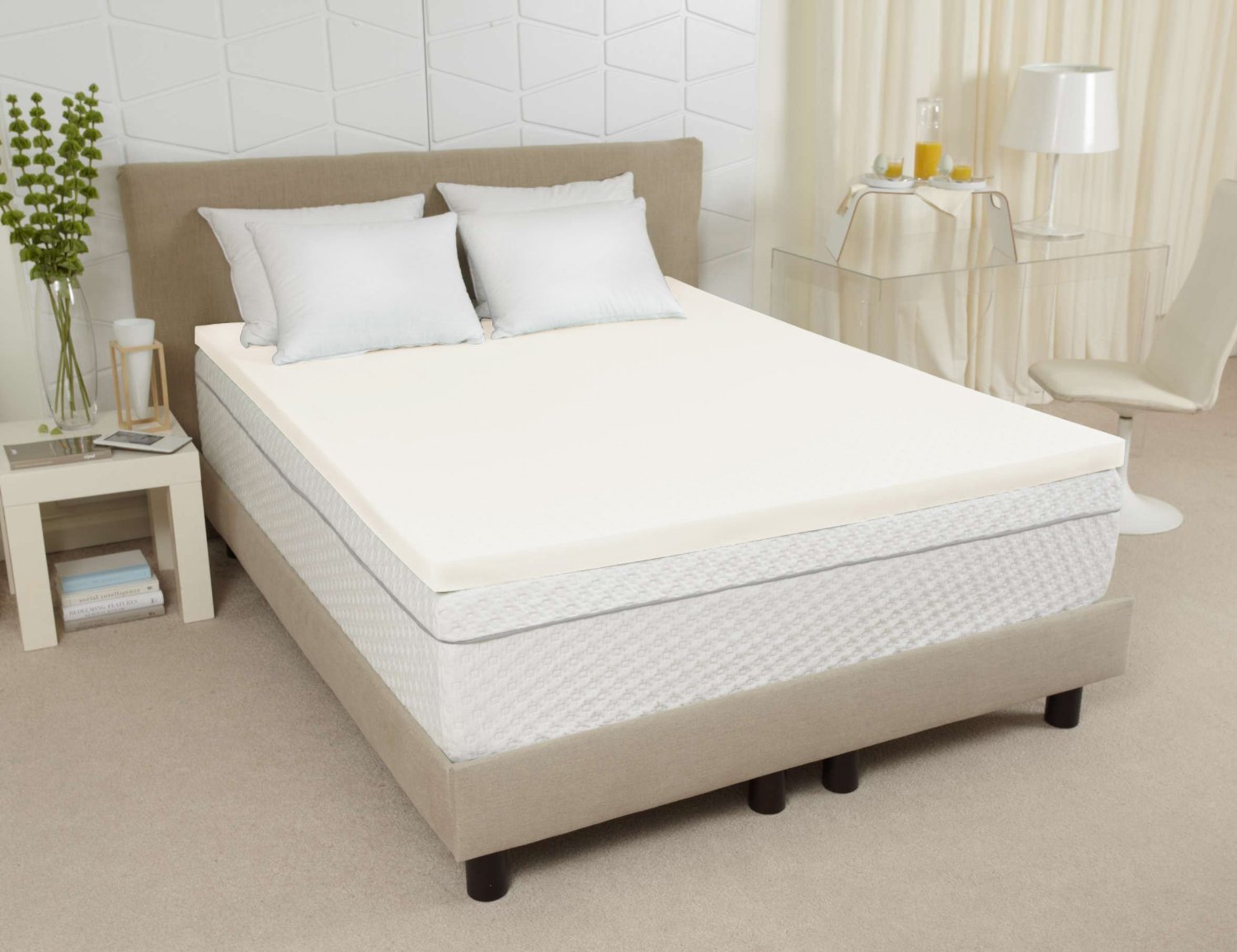Are you having trouble with interior doors that keep either accidentally closing or, worse, not closing at all, either all the way or partially? It's a common issue, and can be solved in a number of ways. Unfortunately, if you have an older house with wooden doors, they may not have hinges that adjust correctly, or be the correct size for your frame. If that's the case, you may need to look into replacing doors or door frames. But for most houses, here are some solid tips on how to fix a door that won't stay open. First, check the door hinges for proper alignment. If they're out of whack, all you need is a screwdriver to adjust them. Adjustments are typically simple and don't require much expertise. Next, check the size of the doorframe; if it's too big, the door won't close and stay closed. If this is the case, the fix is usually to fit a wooden shim — a thin piece of wood — into the gap to make the door snug. You can also swap out the hinges for larger, or smaller ones if needed.Interior Doors that Don't Stay Put | House Designs
If your door closes correctly but won't stay open, you need to fit door stops into the frame. Door stops come in a variety of shapes and sizes, and can keep a door open at any angle. But before you go shopping for them, you need to check the hinges. If the hinges are rusted or corroded, or don't move freely, you should replace them before making any adjustments or committing to magnet or spring-loaded door stops. Once you've replaced the hinges, you can install either magnetic door stops, or spring-loaded door stops. Magnetic stops require no tool or equipment to install and are easy to locate on the wall or the molding. Spring-loaded stops are more difficult to install, requiring drilling. They attach to the floor and the door, and use pressure to hold the door open. Both types are great solutions if your doors don't naturally stay open.Fix a Door That Won't Stay Open | House Designs
Once you've figured out that you need door stops, and the type you need, it's time to install them. As installing door stops is considered a simple job, it's fairly easy to do yourself by following some simple steps. For magnetic door stops, the first step is to locate the correct placement, using either the door handle or the wall or molding. Mark the spot on the wall and drill a small hole. After inserting the magnet into the hole and firmly securing it in place with mounting screws, attaching the catch to the bottom of the door is the final step. For spring-loaded stops, follow instructions and drill holes for the hardware, making sure the catch is at exactly the right angle relative to the door. It helps to have a second person to keep the door in place, and a level to make sure the catch is perfectly aligned.The Right Way to Install Door Stops | House Designs
Doors that fail to open or close all the way are usually affected by misaligned hinges or weak strikers. Exterior mortised doors can be adjusted to increase precision of fit, and allow the door to open and close smoothly. This is a simple job that can often be done in a few minutes with some common tools. Before making any adjustments, check the hinges for any signs of rust, rot, or damage. If the hardware shows any areas of rust, replace the hinges. Begin by unbolting the strike mortise plate, located near the jamb, and the corresponding swing mortise plate, located near the door leaf. Make sure the door isn't warped before loosening any additional hardware. Now that the plates are removed, you can adjust the mortises — wedge-shaped notches in the door or strike jamb — to to align the door with the frame.Exterior Mortised Door Hinge Adjustment | House Designs
Are you having trouble with interior doors that keep either accidentally closing or, worse, not closing at all, either all the way or partially? It's a common issue, and can be solved in a number of ways. Unfortunately, if you have an older house with wooden doors, they may not have hinges that adjust correctly, or be the correct size for your frame. If that's the case, you may need to look into replacing doors or door frames. But for most houses, here are some solid tips on how to fix a door that won't stay open. First, check the door hinges for proper alignment. If they're out of whack, all you need is a screwdriver to adjust them. Adjustments are typically simple and don't require much expertise. Next, check the size of the doorframe; if it's too big, the door won't close and stay closed. If this is the case, the fix is usually to fit a wooden shim — a thin piece of wood — into the gap to make the door snug. You can also swap out the hinges for larger, or smaller ones if needed.Interior Doors that Don't Stay Put | House Designs
If your door closes correctly but won't stay open, you need to fit door stops into the frame. Door stops come in a variety of shapes and sizes, and can keep a door open at any angle. But before you go shopping for them, you need to check the hinges. If the hinges are rusted or corroded, or don't move freely, you should replace them before making any adjustments or committing to magnet or spring-loaded door stops. Once you've replaced the hinges, you can install either magnetic door stops, or spring-loaded door stops. Magnetic stops require no tool or equipment to install and are easy to locate on the wall or the molding. Spring-loaded stops are more difficult to install, requiring drilling. They attach to the floor and the door, and use pressure to hold the door open. Both types are great solutions if your doors don't naturally stay open.Fix a Door That Won't Stay Open | House Designs
Once you've figured out that you need door stops, and the type you need, it's time to install them. As installing door stops is considered a simple job, it's fairly easy to do yourself by following some simple steps. For magnetic door stops, the first step is to locate the correct placement, using either the door handle or the wall or molding. Mark the spot on the wall and drill a small hole. After inserting the magnet into the hole and firmly securing it in place with mounting screws, attaching the catch to the bottom of the door is the final step. For spring-loaded stops, follow instructions and drill holes for the hardware, making sure the catch is at exactly the right angle relative to the door. It helps to have a second person to keep the door in place, and a level to make sure the catch is perfectly aligned.The Right Way to Install Door Stops | House Designs
Doors that fail to open or close all the way are usually affected by misaligned hinges or weak strikers. Exterior mortised doors can be adjusted to increase precision of fit, and allow the door to open and close smoothly. This is a simple job that can often be done in a few minutes with some common tools. Before making any adjustments, check the hinges for any signs of rust, rot, or damage. If the hardware shows any areas of rust, replace the hinges. Begin by unbolting the strike mortise plate, located near the jamb, and the corresponding swing mortise plate, located near the door leaf. Make sure the door isn't warped before loosening any additional hardware. Now that the plates are removed, you can adjust the mortises — wedge-shaped notches in the door or strike jamb — to to align the door with the frame.Exterior Mortised Door Hinge Adjustment | House Designs
Understanding Causes of an Interior Door That Moves

Interior doors that won't stay put can be both a nuisance and a danger. When a door that should remain shut is able to swing open with a slight push, there may be several causes behind it. Understanding the most likely explanations for the problem may help to identify the most appropriate course of action to take.
Improper Door Installation

One of the most common reasons for a door not staying closed is improper installation. Doors that are even the slightest bit out of square can be essentialy impossible to close securely. If a door is not installed correctly, the solution is to remove it and reinstall it properly, preferably by a professional.
Worn Out Hinges

Worn out hinges, or hinges that were installed incorrectly, can also contribute to a door that won't stay shut. Old, worn out hinges may be sagging, in which case they will need to be replaced with a stronger hinge or one that is specifically designed for heavy loads. A qualified handyman should be able to simple check and if needed replace the hinges.
Incorrect Door Closers

Door closers can also cause problems with interior doors if they have been incorrectly installed. In order for a door closer to properly keep a door from swinging open, it needs to fit the exact weight and size of the door. If these conditions are not met, the door may not remain shut as it should.
Sagging Door Frame and Knobby Lumber

Finally, a sagging door frame and knobby lumber can also be culprits behind interior doors that are never quite secure. If the underlying door frame has begun to warp or bow, the door may never be able to hang properly or remain shut. Below this door frame, knobby lumber can also cause unevenness and will need to be replaced.




















































